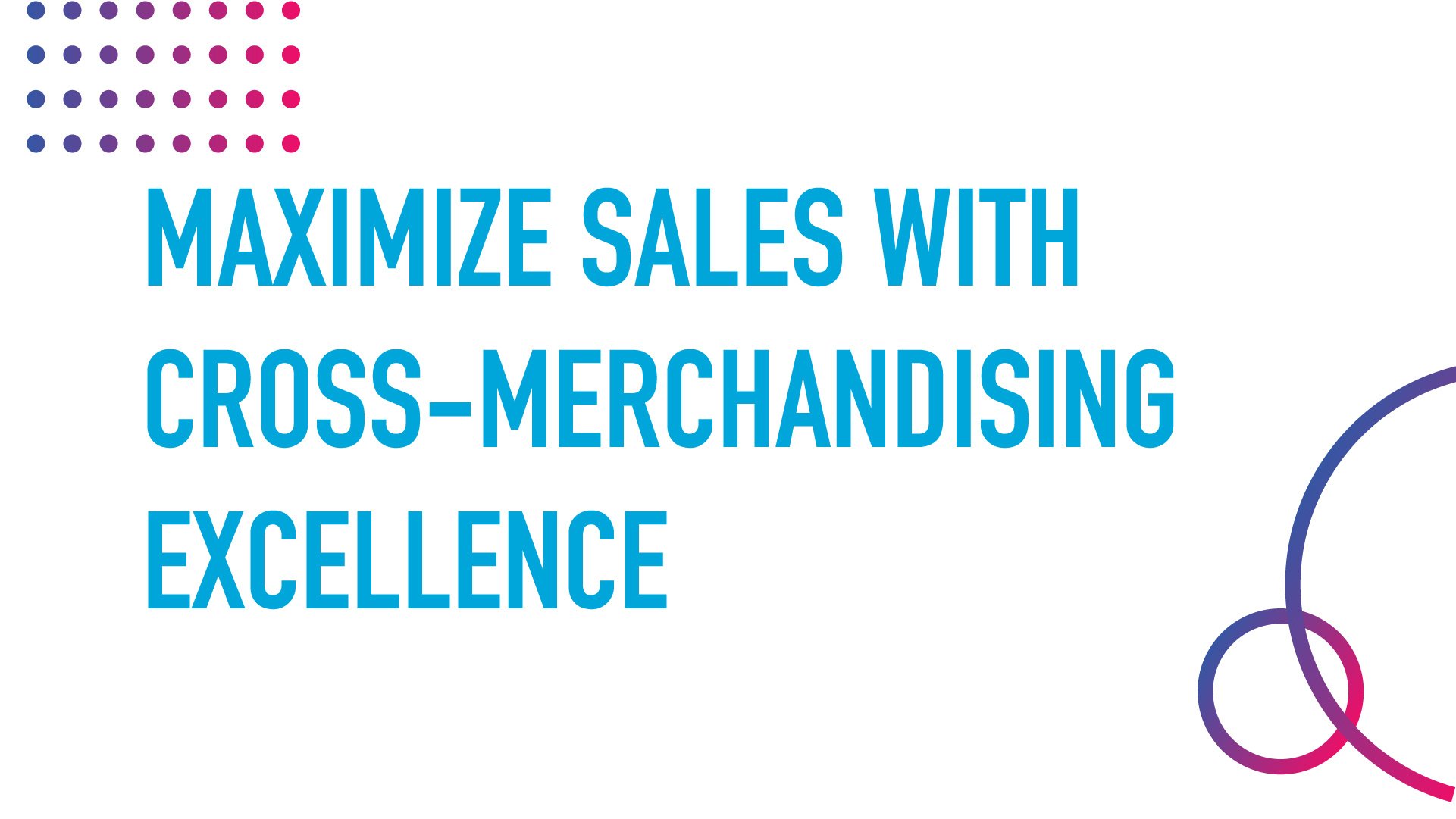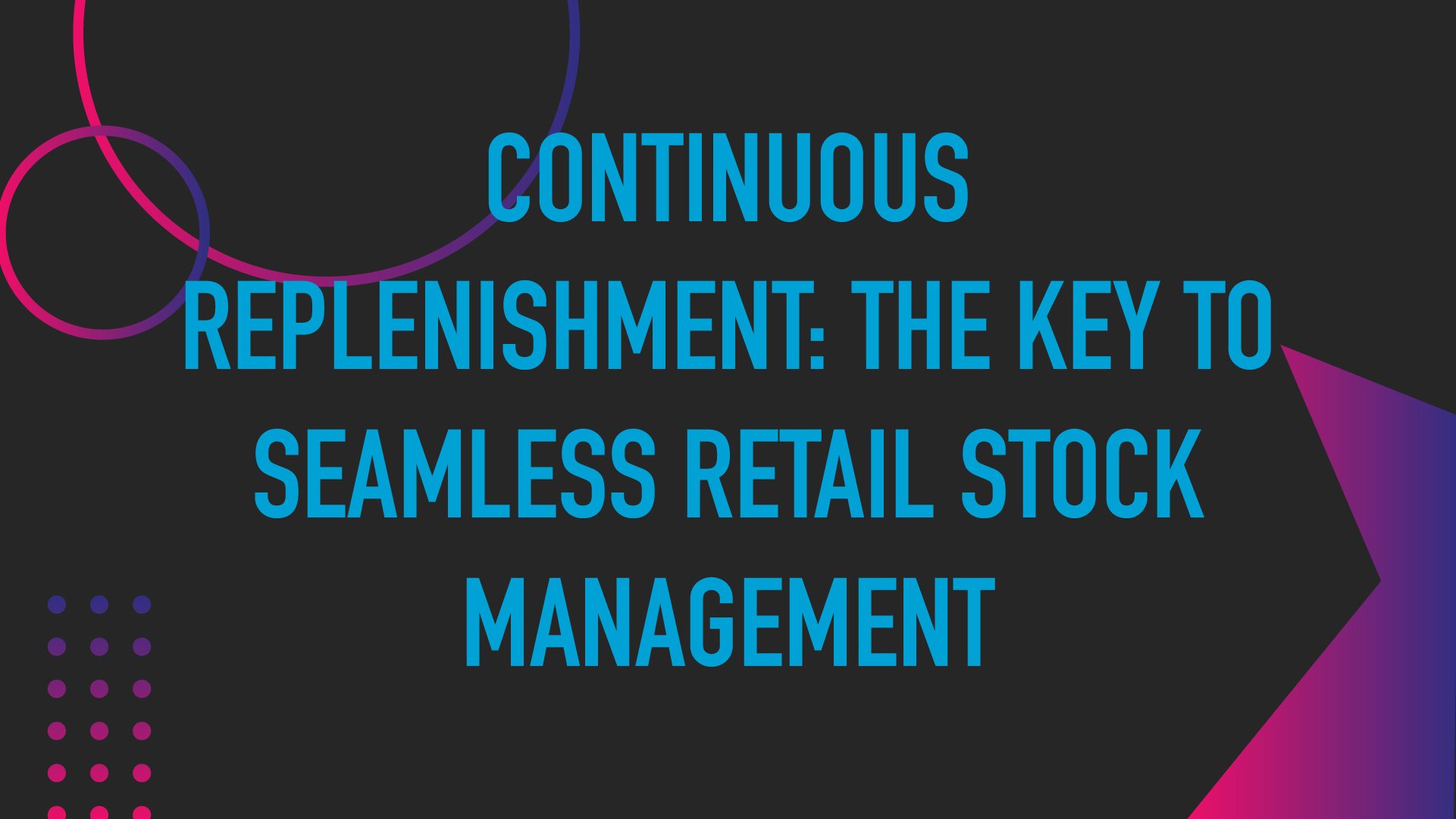The Rise in Retail Theft: How to Surf The Crime Wave

The issue of retail theft has become a serious cause for concern as it continues to escalate and cause a detrimental impact on both large-scale retailers and small businesses alike. According to recent studies, there has been a steady increase in theft within the retail sector over the past few years. The National Retail Federation's latest estimates show that theft-related losses in the retail industry reached a staggering $61.7 billion in 2022 alone.
Beyond the immediate financial losses incurred due to stolen merchandise, retailers also face downstream costs in the form of inventory inaccuracies and the costly order replenishment miscalculations that ensue from them. Retail teams rely on precise inventory data for effective supply chain management, replenishment, and accurate demand forecasting, but theft (and all forms of shrink) taint that data. Inaccurate inventory records lead to stockouts, overstocking, and missed sales opportunities.
Moreover, the losses incurred from theft need to be recouped in some way. Retailers may resort to price increases which indirectly pass on the cost of theft to consumers. This affects consumers' wallets and can lead to a decline in customer loyalty if they perceive price increases as unjustified. It is crucial for businesses operating within the retail sector to address this issue head-on by implementing loss prevention strategies that encompass both technological advancements and employee training programs.
Some Ways Retailers are Combatting Retail Theft
With retail theft and shoplifting posing significant challenges worldwide, leadership is constantly seeking effective strategies to mitigate retail theft while balancing the associated costs. However, implementing theft prevention measures comes at a cost, ultimately straining resources, customer satisfaction, and brand reputation.
Product Locking
A common approach to prevent shoplifting is to secure high-value or frequently targeted items by placing them in locked cabinets or display cases. This strategy restricts direct access, ensuring that a store associate must assist customers in obtaining these products.
While effective in reducing theft, it can have unintended consequences. Customers may find it inconvenient and opt for alternative products or choose somewhere else to shop (i.e., online) because of the hassle. Additionally, there may be an increase in labor costs as businesses will need additional staff to manage product access.
Checkpoint Systems & Receipt Verification
Some retail teams employ security checkpoint systems at store exits to deter theft. These systems utilize electronic article surveillance (EAS) tags or labels that trigger an alarm if they pass through an unauthorized area without being deactivated at the checkout counter.
Additionally, retailers may implement receipt verification processes to ensure customers leave the store with only their purchased items. These systems can significantly reduce shoplifting incidents but can carry a hefty upfront cost, create bottlenecks during peak hours, and lead to customer dissatisfaction.
Surveillance Cameras & Monitoring
Video surveillance has become ubiquitous in retail environments. Managers may install cameras strategically to monitor store aisles, entrances, and high-risk areas.
Receipt verification surveillance cameras take security measures one step further by capturing video footage of each transaction at the point of sale. This enables store teams to monitor and verify customer purchases against their receipts to ensure accuracy and prevent fraudulent activities.
Not only does this protect from internal theft, but it also provides evidence in case any disputes arise. However, the cost of installing, maintaining, and monitoring a comprehensive camera system can be substantial, including the expenses associated with storage and data management.

Alternative Solutions to Retail Theft: The Cost Mitigation Approach
The surge in retail theft requires a comprehensive approach. While traditional security measures are essential, more is needed to combat the full spectrum of the problem. There is only so much retail teams can do to prevent theft, but there are readily accessible ways to mitigate the costs associated from it.
Routine On-Shelf Availability Tracking
The most significant downstream cost of retail theft is the discrepancy between inventory on record and inventory on hand. When a theft occurs, not only is merchandise lost, but it also tarnishes inventory accuracy and forecasting. This can lead to poor decision-making, overstocking or understocking, and ultimately, lost sales.
Retail teams can better surf the crime wave by equipping store associates and field reps with a mobile app that allows for effortless tracking of on-shelf availability quantities. With real-time access to inventory data and at-shelf ordering, employees can quickly identify and address discrepancies. This enables them to take immediate action, such as restocking missing items or alerting management to potential theft, helping to mitigate the effects of theft and enhancing overall operational efficiency within the retail environment.
Proactive Performance Reporting
Mobile retail execution software equips teams with the necessary insights to make informed decisions based on real-time data analysis and take proactive steps toward theft prevention rather than reacting after an incident has occurred.
With advanced analytic capabilities, managers can better understand their store's performance metrics. They can easily track sales trends over time, compare different store locations or departments, and identify any irregularities indicating potential theft.
Analyzing customer traffic patterns can also aid in identifying high-risk areas where theft is more likely to occur. Armed with this information, leadership can take proactive measures such as adjusting staffing levels or installing additional security measures in these vulnerable areas.
Streamlined Communications & Documentation
Mobile retail execution technology with integrated communication tools enables seamless collaboration between store associates and field representatives. Through secure messaging platforms integrated within the app, teams can share critical updates, exchange information, and coordinate responses promptly. This streamlined communication enhances store awareness and ensures all team members are well-informed about ongoing issues.
Mobile apps also enable store associates and field reps to access valuable resources such as training materials, procedural guidelines, emergency contact information, and incident reporting forms at their fingertips. This easy accessibility empowers employees with the knowledge they need to respond effectively to incidents while giving them the confidence to handle challenging situations.
Conclusion
Retail theft is a pressing issue that requires ongoing vigilance and adaptation. As new methods of theft emerge, businesses must stay informed and update their policies and practices by implementing comprehensive strategies to mitigate its effects. While there is only so much that can be done to prevent theft, empowering store associates and field reps with mobile retail execution technology offers a reliable way for businesses in the retail industry to stay ahead of the crime wave while safeguarding their assets.
featured content
featured content

The Importance of On-Shelf Availability in Retail: Why Keeping Items Stocked is Critical for Competitiveness in 2026
Learn why on-shelf availability is critical in today's retail store environment
.jpeg?width=2869&height=1900&name=AdobeStock_21574468%20(1).jpeg)








